The modern job market is evolving and becoming increasingly competitive. Because of that, going into any career without a plan can lead to stagnation and missed opportunities. Without a clear roadmap, professionals may find themselves drifting from one role to another, lacking direction and purpose. This can lead to frustration, decreased job satisfaction, and, eventually, burnout.
A solid career growth plan not only provides direction and focus but also serves as a blueprint for achieving your professional aspirations. Whether you are just starting out, looking to elevate in your current role, or contemplating a career change, creating one can guide you toward success.
With that, this blog will outline the key steps necessary to help you create an effective professional development plan and more.
Key Takeaways:
- A well-defined career development plan provides direction and focus for professionals.
- Continuous learning is essential for skill development and adaptability.
- Regularly reviewing and adjusting your plan ensures ongoing relevance in a changing job market.
- Seeking feedback from peers and mentors is crucial to determining your strengths and areas for improvement, enabling you to make informed adjustments to your career strategy and enhance your overall professional development.
Understanding the Importance of a Career Growth Plan
A career growth or development plan is a strategic framework that outlines your professional aspirations with the skills and steps required to achieve them. It serves as a personal roadmap for navigating your career journey, allowing you to make informed decisions about your future.
Creating a career development plan offers numerous advantages, including:
- Clear direction and focus: A thorough plan helps you prioritize your efforts and stay focused on what truly matters in your career, allowing you to allocate your time and resources effectively.
- Significant personal and professional growth: By identifying the skills you need to develop, you can actively seek out opportunities for learning and improvement.
- Job and career satisfaction: When you have a plan in place, you’re more likely to feel fulfilled in your work as you see progress toward your goals.
Key Steps to Create an Effective Career Development Roadmap
A career growth plan for employees, especially beginners, is crucial to maximizing their potential and opportunities. Here’s a detailed breakdown of the key steps required for creating a thorough roadmap.
1. Self-assessment
The first step in crafting an effective career development plan is conducting a self-assessment. This involves several key components:
Evaluating current skills, strengths, and weaknesses
Begin by taking stock of what you bring to the table. Reflect on your core competencies—where do you excel? What skills do you possess that set you apart from others in your field? You must also identify areas where improvement is needed. This honest evaluation will provide clarity on where to focus your development efforts.
Reflecting on past experiences and future aspirations
Consider how your past experiences have shaped your career path. What roles have you enjoyed most? What challenges have you overcome? Understanding these elements can help clarify what you want moving forward. Envision where you see yourself in the next five or ten years—this vision will serve as motivation as you create your growth plan.
Using tools for self-assessment
Utilize various tools to facilitate this process. Personality tests such as the Myers-Briggs Type Indicator can provide insights into your work style and preferences. You can also seek feedback from peers and mentors who can offer an external perspective on your strengths and areas for improvement. This layered approach ensures a comprehensive understanding of yourself.
2. Identifying your career goals
Once you’ve assessed yourself, it’s time to identify your career goals. Clearly defining your goals gives you something concrete to target, serving as benchmarks for measuring progress and helping maintain motivation over time.
Differentiating between short-term and long-term goals
It’s essential to distinguish between short-term and long-term goals. Short-term goals are often more immediate and can help you achieve quick wins that build momentum. On the other hand, long-term goals provide a broader vision of where you want to be in the future.
For example:
- Short-term goal: “Complete an online course in data analysis within three months.”
- Long-term goal: “Become a data analyst within two years.”
Utilizing the SMART criteria
Ensure that your goals are Specific, Measurable, Achievable, Relevant, and Time-bound (SMART). For instance:
- Specific: “I want to become a project manager.”
- Measurable: “I will complete a project management certification.”
- Achievable: “I have the necessary experience in my current role.”
- Relevant: “This aligns with my interest in leadership.”
- Time-bound: “I aim to achieve this within the next year.”
By applying the SMART criteria, you’ll create actionable goals that are easier to track and achieve.
3. Conducting a gap analysis
Next, assess the gap between your current skills and those needed for your desired role. In this step, you need to do the following:
Assessing the gap
Identify specific skills or qualifications that are lacking. For instance, if you’re aiming for a managerial position but lack leadership experience, this gap must be addressed.
Identifying necessary qualifications or experiences
Research what is required in your field for advancement or transition. This may involve looking at job descriptions for positions you’re interested in or speaking with professionals currently in those roles. Understanding these requirements will help inform your next steps.
4. Developing a career action plan
Now, with clear goals and strategies in mind, your next move is to create a detailed action plan, which involves the following steps:
Creating a detailed roadmap
Outline specific steps needed to achieve each goal. Start by listing all necessary actions associated with each goal—this could include taking courses, attending workshops, or gaining specific experiences.
Breaking down long-term goals into smaller tasks
Doing this process makes significant objectives more manageable. For instance, if your long-term goal is to become a manager, your short-term tasks might include:
- “Complete leadership training within six months.”
- “Seek mentorship from current managers.”
- “Lead small projects or teams within my department.”
By breaking down larger goals into smaller tasks with specific timelines, you can maintain momentum without feeling overwhelmed.
Setting deadlines for each task
Assign deadlines to each task to maintain accountability and motivation. Use tools like calendars or project management apps to track progress and remind yourself of upcoming deadlines.
Monitoring Progress and Making Adjustments
Career growth requires constant adjustments to ensure that you stay on track with your roadmap. That means your career development plan should be a living document that evolves as you progress in your career.
Here are some tips to follow to ensure that your plan remains relevant:
Conducting regular assessments
Regularly assess how well you’re meeting your goals—this could be monthly or quarterly depending on the nature of your objectives. Tracking progress allows you to celebrate achievements, however small, which can boost motivation and morale. Consider maintaining a journal or using digital tools to log your accomplishments and challenges encountered along the way.
Setting milestones
Break down your goals into smaller milestones to make tracking easier. For example, if your long-term goal is to obtain a leadership position, set milestones such as completing relevant training programs, leading team projects, or gaining specific certifications. Each milestone achieved serves as a stepping stone toward your larger objectives.
Being open to re-evaluating plans
Always be prepared to adjust your plans accordingly. Flexibility is key to achieving long-term success, so don’t hesitate to revise goals based on new interests or opportunities that arise. If you find that specific goals no longer resonate with you or align with your evolving career aspirations, it’s perfectly acceptable to pivot.
Conducting periodic reviews
Schedule regular reviews of your career roadmap—perhaps every six months—to evaluate what’s working and what isn’t. During these reviews, ask yourself:
- Have I made progress toward my goals?
- What challenges have I faced, and how did I address them?
- Are my goals still relevant to my current situation and aspirations?
Continuous learning and skill development
Continuous development is integral to your career advancement plan as it ensures that you are consistently working toward your goals while adapting to the evolving landscape of your profession. By committing to lifelong learning and regularly updating your career plan, you position yourself for sustained success and fulfillment in your career journey.
Here are some helpful tips to follow:
- Emphasizing ongoing education and training: Stay current with industry trends by taking relevant courses or certifications. Platforms like Coursera and LinkedIn Learning and various recruitment agencies offer many skill enhancement opportunities.
- Exploring career growth opportunities: Attend workshops and conferences in your field to gain knowledge and network with industry leaders and peers.
- Gaining insights through mentorship or networking opportunities: Build relationships with experienced professionals for valuable insights and even referrals for job opportunities that are not available publicly.
Bonus Tip: Incorporating Feedback from Mentors and Peers
Constructive criticism can reveal blind spots and affirm strengths you may overlook. So, you must regularly seek feedback from mentors and colleagues on your performance and progress to ensure that you are continuously improving and aligning your efforts with your career goals.
Creating a Feedback Loop
Establish a routine for soliciting feedback through performance reviews, casual check-ins, or mentorship sessions. This ensures continuous learning. Ask specific questions like:
- “What are my strongest contributions?”
- “Where can I improve?”
- “How do my goals align with the team’s objectives?”
Acting on Feedback
Gathering feedback is just the first step. Of course, you must always act on it. Reflect on the input received and incorporate it into your professional development plan, which may involve setting new goals or adjusting your approach. Valuing feedback not only aids your development but also strengthens relationships with mentors and peers.
Develop A Solid Career Development Plan
Creating a solid career growth plan is essential for navigating today’s complex job market. By following the mentioned steps, you can effectively map out your path to professional success.
Take proactive steps toward developing a successful career today! Visit Signature Solutions for expert career guidance and rewarding job opportunities in various fields.


